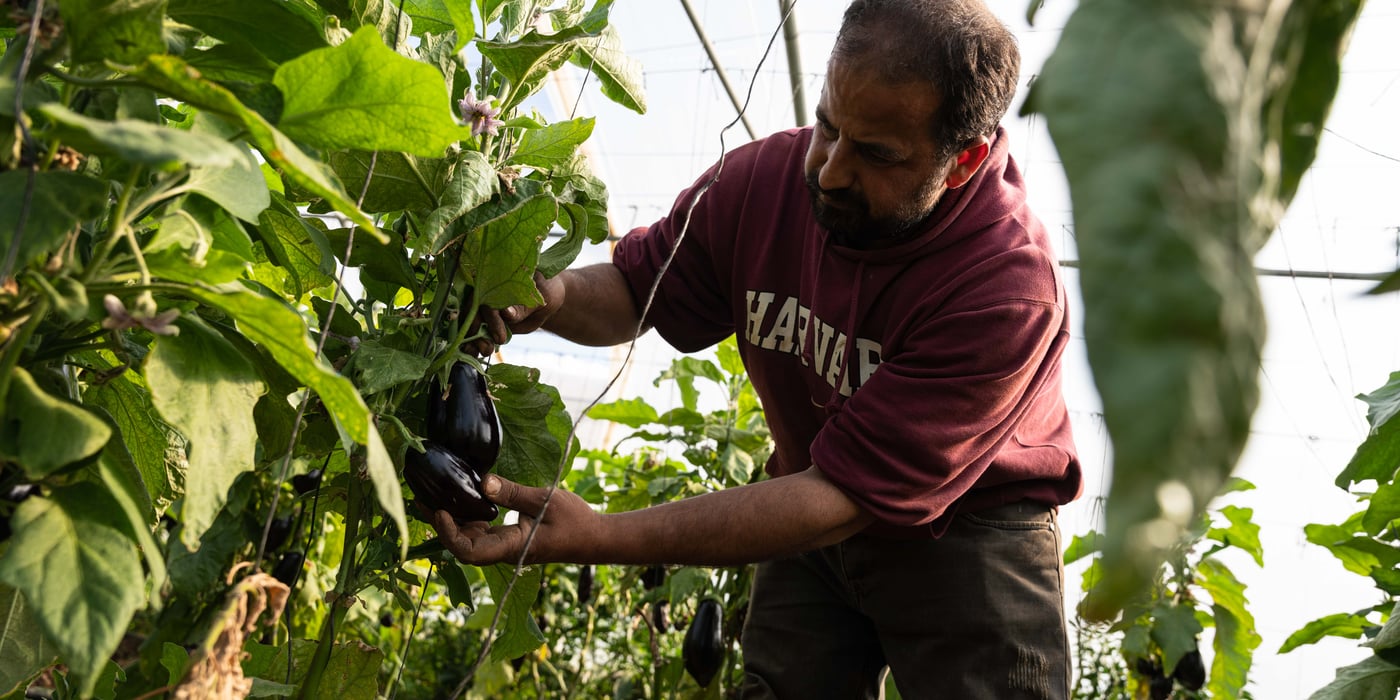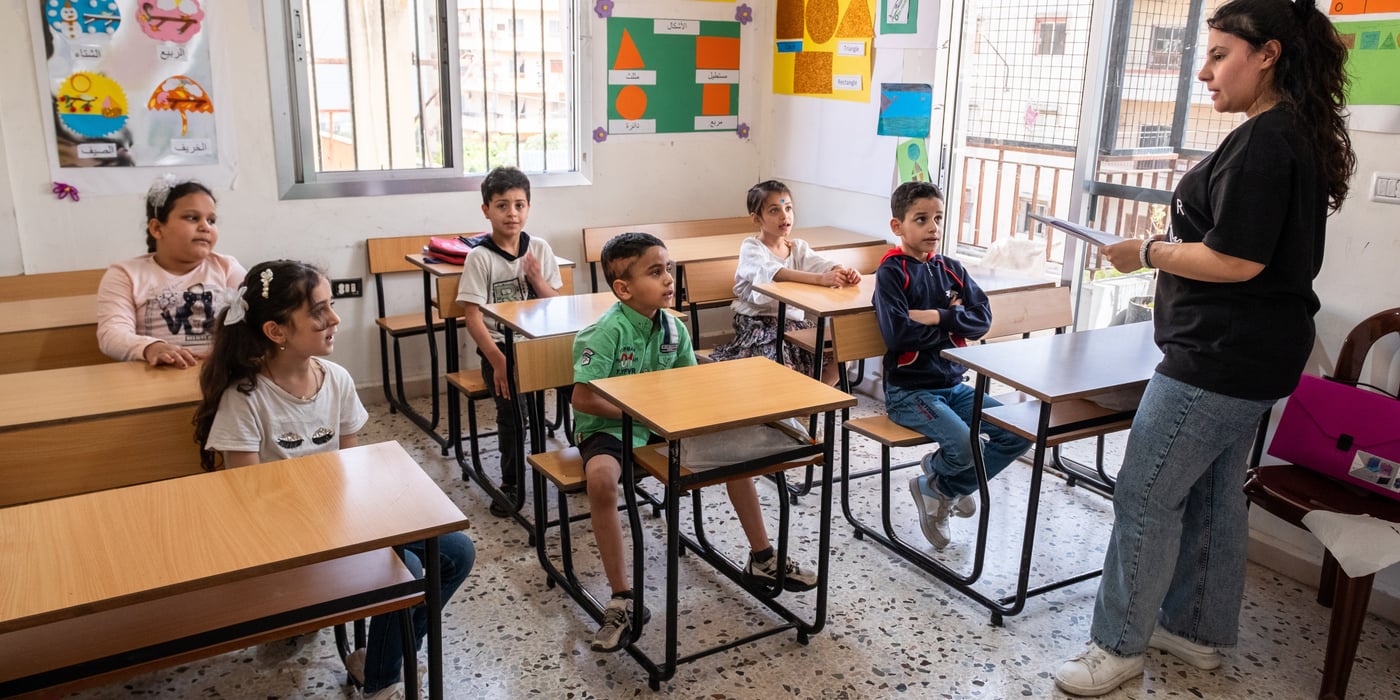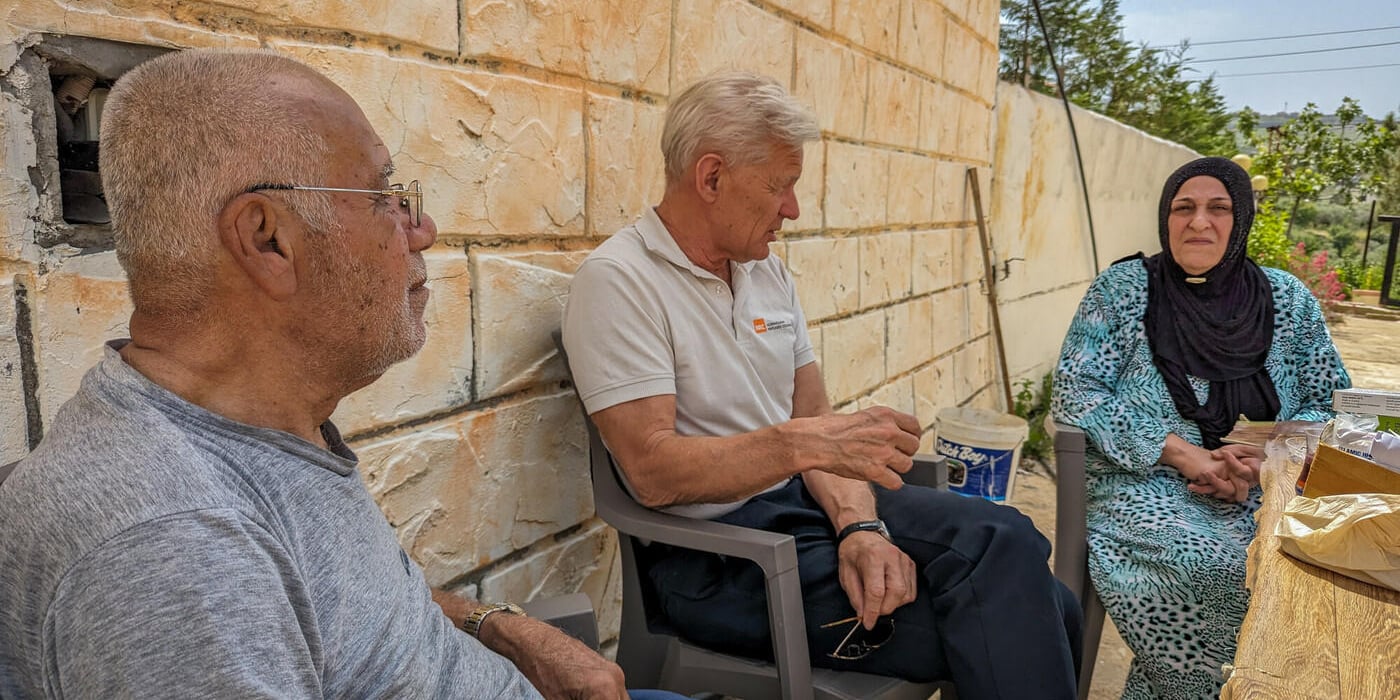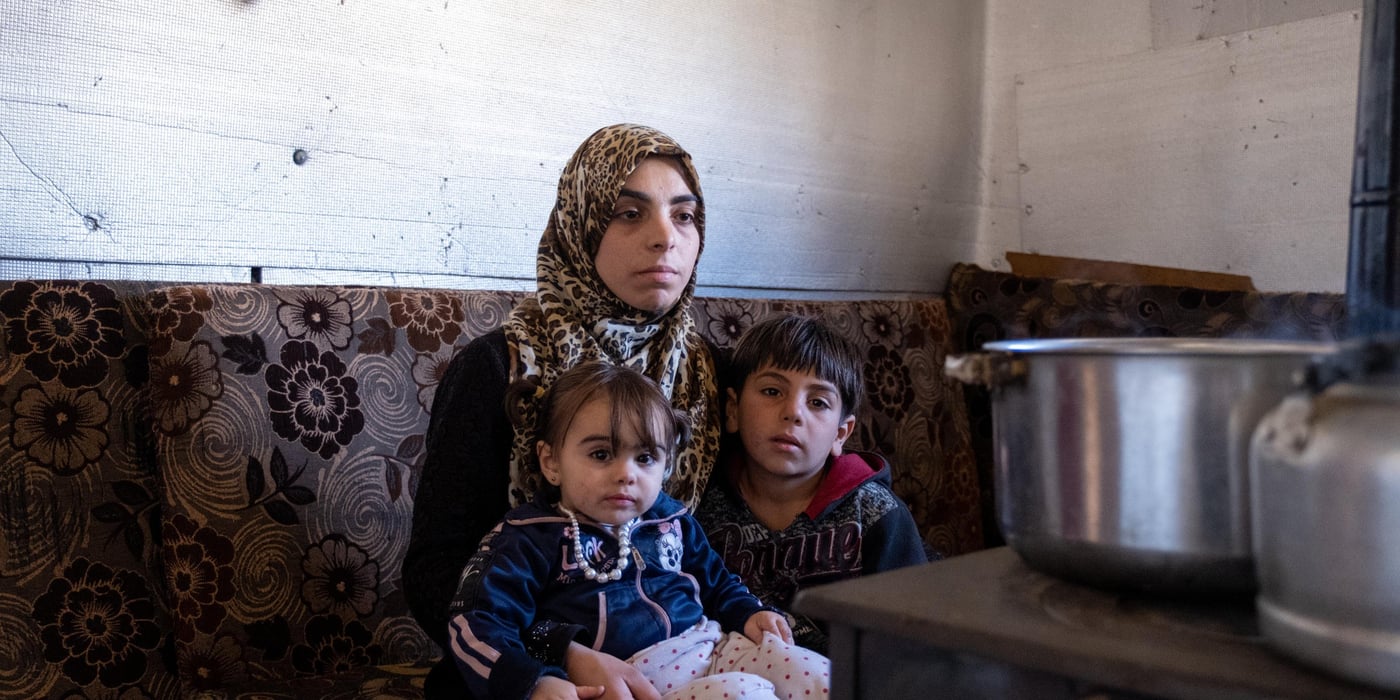
New data released by the UN and aid agencies reveals that 1.4 million people, including both Lebanese and refugees, are experiencing high levels of food insecurity in the country. Malnutrition and insufficient food consumption are prevalent.
Maureen Philippon, NRC’s country director in Lebanon, said, “One quarter of Lebanon’s population is in a serious food crisis, a grim sign of overall poverty. We are extremely concerned by the domino effect on other aspects of life, including the ability of people to afford rent or keep their children in school. Children are forced to work as their families quickly run out of solutions.
“We see more people, including farmers, borrow money to grow crops, or pay for their rent, medicine and food. People report eating less and compromising on quality. I spoke to people who told me that they had not had meat for a long time,” added Philippon.
The new data shows that over 800,000 Lebanese, 540,000 Syrian refugees, and 65,000 Palestinian refugees struggling to secure enough food. Nine out of ten Syrians are in extreme poverty, according to the UN.
Government statistics show that the average cost of food items, including fruits and vegetables, almost tripled this year. Earlier this year, the government has allowed essential items to be priced in US dollar in the hope of halting hyperinflation.
“We're living off food donations and have got used to it,” said Nadine, 44, mother of three in Beirut. “We can't afford to buy vegetables. It's quite hard for us to afford tomatoes. This is the situation for everyone."
Ali, 28, had to cut his crop total by 60% as a result of years of crisis and water shortage. He relies on sustainable methods to grow cherries and apricots on rainfed hills in the border town of Arsal.
“We have stopped growing vegetables simply because it’s a certain loss,” he said. “It’s less cost to go buy directly from the supermarket. I had to cut production and only feed myself. I only grow a small quantity of vegetables now.”
NRC works with farmers to promote the local production and supply of fruits and vegetables. The organisation calls for a sustainable agricultural system that boosts local production and increases the availability of affordable food.
Notes to editors:
- Free to use photos can be downloaded on this link.
- The Lebanon IPC Acute Food Insecurity Analysis has revealed that 1.4 people in Lebanon, including Lebanese and refugee populations, are in IPC Phase 3 or more, meaning they have large food consumption gaps reflected in very high acute malnutrition.
- A total of 811,000 Lebanese (21 percent of the resident population), 540,000 Syrian refugees (36 percent of the Syrian refugee population in Lebanon), 54,000 PRL (30 percent of the PRL in Lebanon) and 11,000 PRS (35 percent of the PRS in Lebanon) were estimated to be in IPC Phase 3 (Crisis) or above between May and October 2023.
- NRC has partnered with local organisations to support 120 farmers to adapt sustainable farming methods.
For more information, please contact:
Ahmed Bayram, NRC's Middle East Media Adviser, +962 79 016 0147, ahmed.bayram@nrc.no




